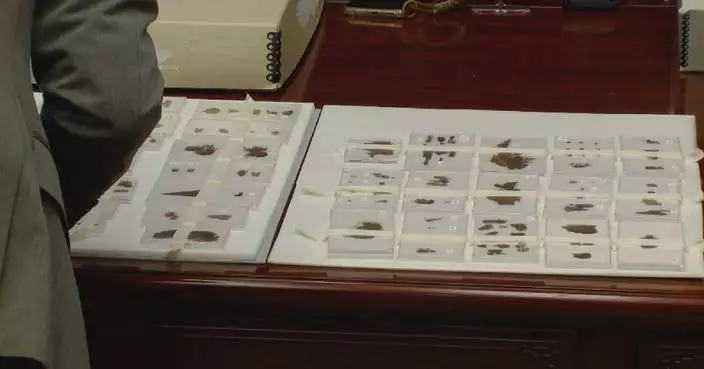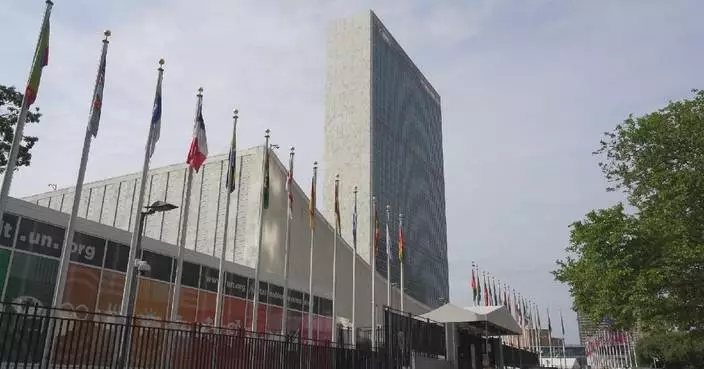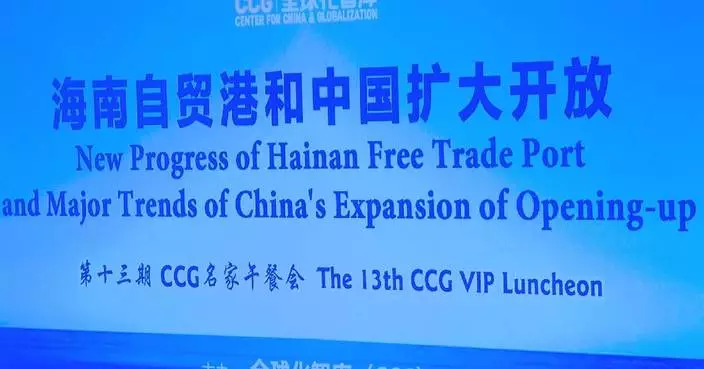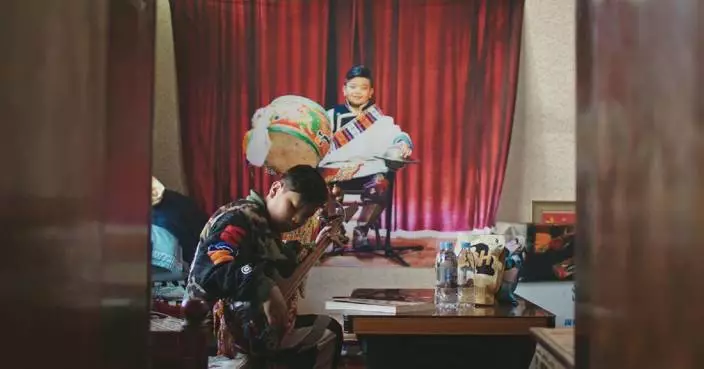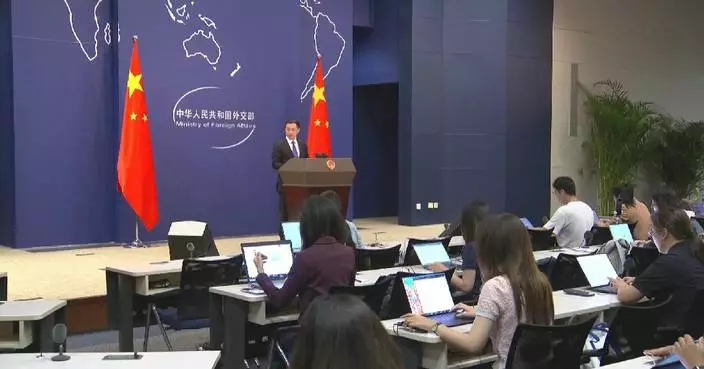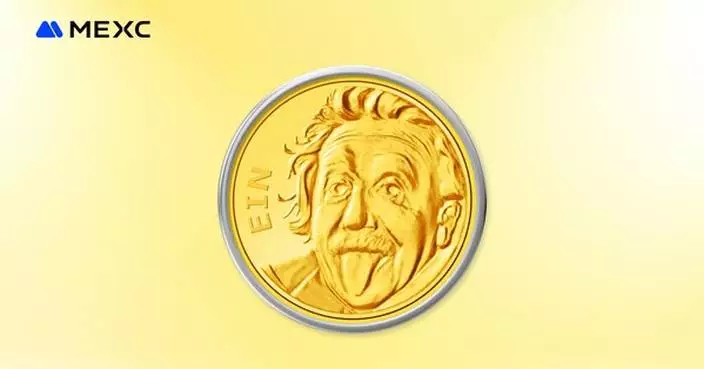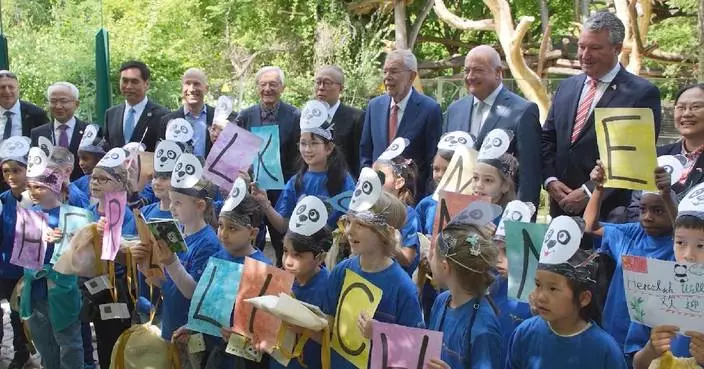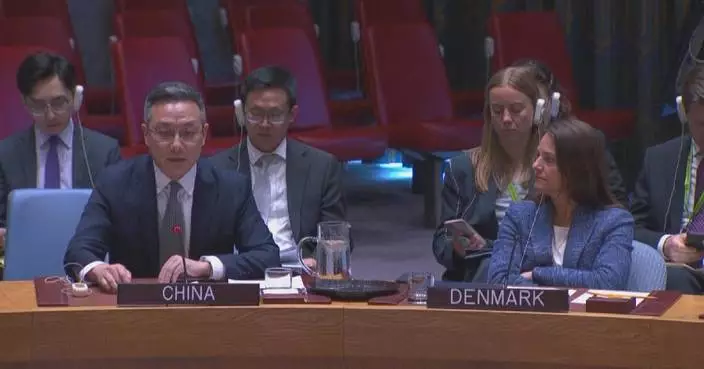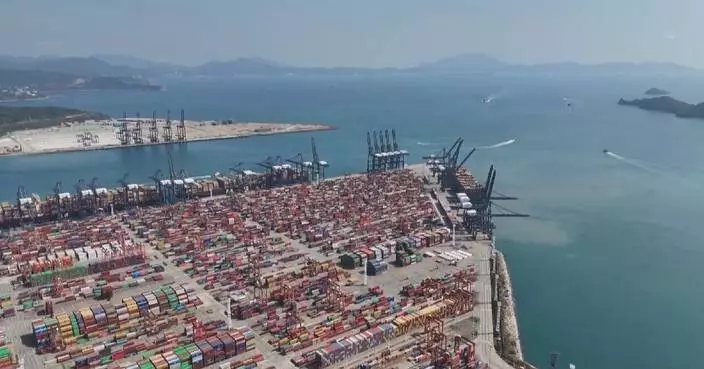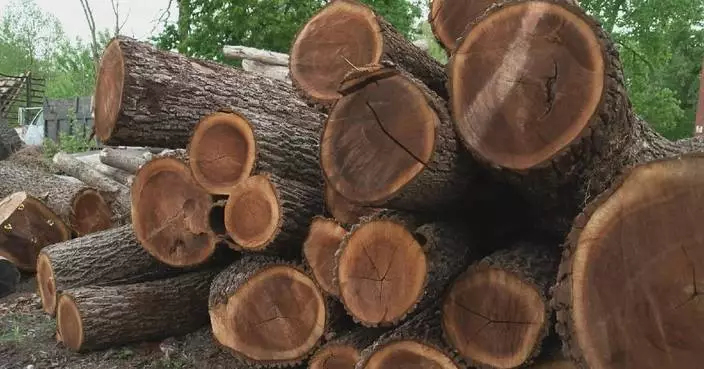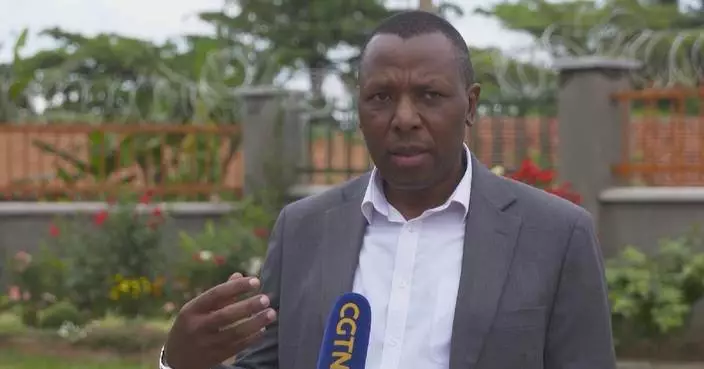A Chinese medical practitioner who has lived in Peru for over two decades said that he hopes to become a bridge for communication and thriving friendship between the two countries.
Pan Chengzun currently works in the fields of Chinese traditional medicine and media. In 1996, he became the first acupuncturist at the Hospital of EsSalud in Peru.
Through interactions with locals, Pan has found many points of cultural crossover between China and Peru and notes that the people of both nations share important values.
"During the more than 20 years I've live in Peru, I have participated in many activities between China and Peru. Those were part of my life. I feel proud for myself being the messenger between China and Peru because I love both countries. I feel grateful for doing my best and contributing to the relationship between two countries. I found many similarities between China's culture and Peruvian culture, For example, the sense of family and friendship. For most of the Peruvians, family values and friendship are one of the most important things in their life," he said.
Pan has dedicated himself to promoting friendly relations between the two countries, participating in cultural exchanges and taking pride in facilitating communication between Peru and China.
Peru was one of the first Latin American countries to establish diplomatic ties and a comprehensive strategic partnership with China and is also the first Latin American country to sign a package of free trade agreements with China.
At present, China is Peru's largest trade partner, largest export market, and largest source of imported goods, while Peru is China's fourth largest trade partner in Latin America. In 2023, their bilateral trade volume reached 37.691 billion U.S. dollars, representing a year-on-year growth of 0.8 percent, according to official data.
"Peru and China have a strong economic complementarity, the rich natural resources of Peru come together with the generosity and experience of China, a very good base to exchange and support for both countries. Since 2013, China become the number one trading partner of Peru until now. We can see a very good relationship between China and Peru. I'm very sure this relationship will continue for many more years," said Pan.
Chinese President Xi Jinping will attend the 31st APEC Economic Leaders' Meeting in Lima and pay a state visit to Peru from Nov 13 to 17 at the invitation of President of the Republic of Peru Dina Ercilia Boluarte Zegarra.
APEC Peru 2024 will be the annual meeting of the leaders of the Asia-Pacific Economic Cooperation Forum, scheduled from Nov 10 to 16. The meeting in Lima will be the third time for Peru to host the meeting after 2008 and 2016.
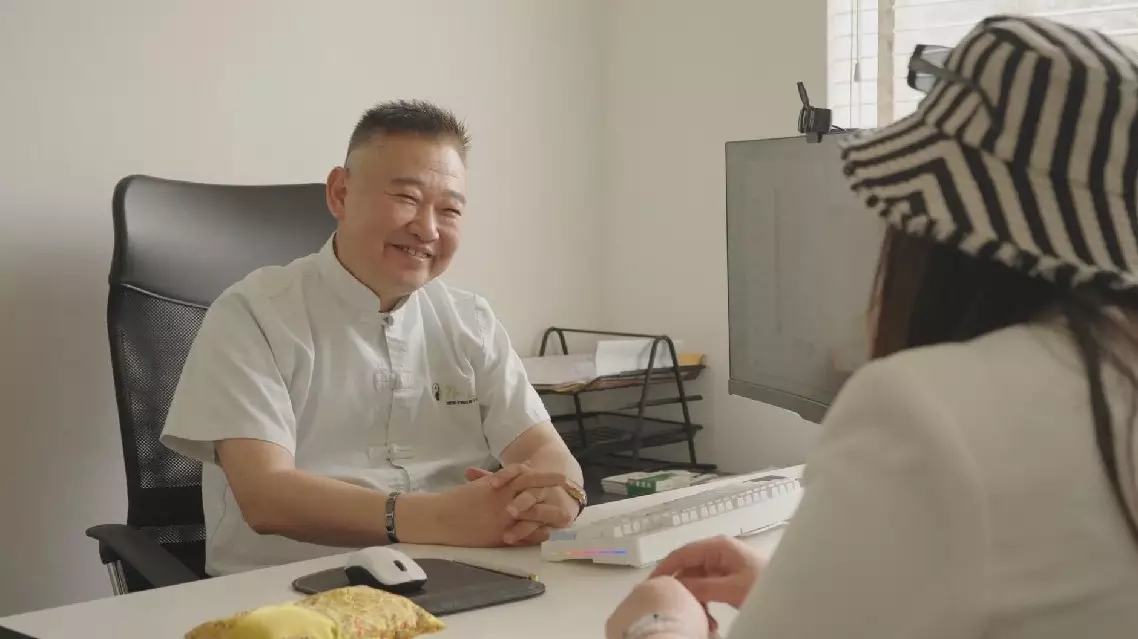
Overseas Chinese hopes to become cultural messenger between China, Peru




